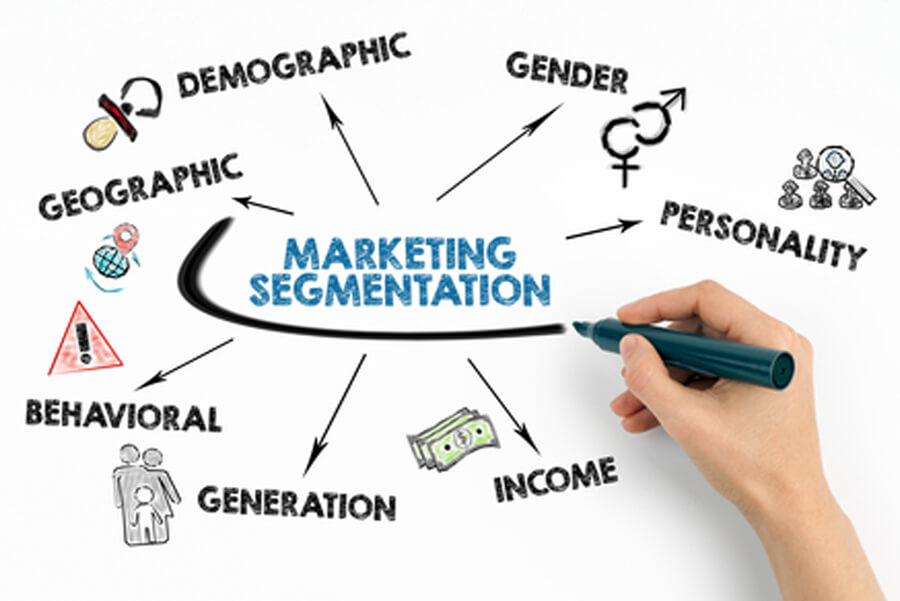How to Convert an Academic Manuscript Into a Book for General Audiences
Publishing a book for a general audience allows authors to share their ideas beyond the academic community, and contribute to the enrichment of public knowledge
By Jay Silveratus |Updated April 8, 2020

Turning academic works into nonacademic books as can lead to increased recognition and professional opportunities outside academia.
For many authors, however, transforming their scholarly works into books intended for a general audience can be daunting. Academic works typically appeal only to a niche audience with an existing interest in the subject matter, or to students and researchers of the subject.
A good place to start is the book From Dissertation to Book by William Germano, publishing director at Routledge and former editor-in-chief at Columbia University Press. This book guides authors in the process of revising their academic works to convert them to book manuscripts.
When converting an academic manuscript to a book it is best to leave out the technical jargon used by professionals in the field, even if these terms are defined in the text. Finding simpler ways to express the complex ideas contained in an academic manuscript will typically allow writers to express their points more effectively for the readers. Readability and economy of words are important considerations in works of nonfiction.
The publishing team at Taylor & Francis recommends modifying the scope of a manuscript when publishing a book to ensure that it reaches a broader audience effectively, and captures the imagination of readers. Anchoring the book in the context of the culture, the history, or the personalities of the time will often allow academic works to speak to a wider range of people. Eliminating theory chapters may be also advisable in some cases.
Another point that authors should keep in mind is the tone used to convey information and facts. Injecting some humor may be appropriate for some subjects. In other cases, it may make more sense to use a tone that is more casual or conversational to engage readers successfully and to promote the best reception for academic books in the trade publishing field. Merging fact and fiction may also allow the use of literary characters to tell stories based on real events.
Consider the Target Audience
Defining the intended audience is key in the process of preparing a book manuscript, and is directly related to the chances of getting the book published. Keyword search software such as Google Keyword Planner, Publisher Rocket or KD Spy may provide valuable insights in terms of defining the scope of the book, taking into consideration aspects like the estimated monthly sales of similar titles.
The intended readers of a published book will have different interests than the members of academic committees. Accordingly, getting feedback from potential readers within the target audience would be helpful in the process of deciding how to frame the book narrative.

The approach to making academic topics available to a larger audience may vary depending on the general subject matter. Historical works, for instance, can be made more appealing by focusing on the personalities, the cultural context, and the effects of events on society. This can put the facts into a context that can be readily understood by a general audience.
Social science manuscripts can also be transformed into popular books, since the topics they address are often related to the human condition and may have a wide audience. This requires the authors to focus on the way they tell their story during the manuscript conversion process. The insight provided by creative nonfiction, which uses literary techniques in narratives inspired by real events, for instance, may be a helpful approach in this process.
Topics like science and mathematics can be fairly dry, so finding ways to apply the concepts to everyday problems can make it more appealing to a general audience. This may be supported by using analogies, comparisons, and anecdotes to make the material more accessible.
Other works may be valued for the practical benefits readers can derive from the book. Medical information, for example, may be of interest to those affected by a specific disease, so the book’s content may be valuable for them. In those cases, the process leading to the solution is not as relevant as the conclusions and recommendations.
Academic book publishers will consider the appeal of these books to determine whether they can turn a profit in the intended marketplace. This will usually make the difference between whether an academic book is published by an academic publisher or a traditional publishing house. In some cases, there is a need to work with nontraditional publishing companies to reach a wider audience.
Thinking like a publisher is a good exercise, as is becoming familiar with the expectations of publishers from the early stages of the book manuscript preparation process. Working with book publishers and/or agents will typically provide added assistance during the adaptation process to turn a thesis, dissertation, or scholarly paper into a book or ebook.
An example of a doctoral dissertation turned into a book for a general audience can be found here.

